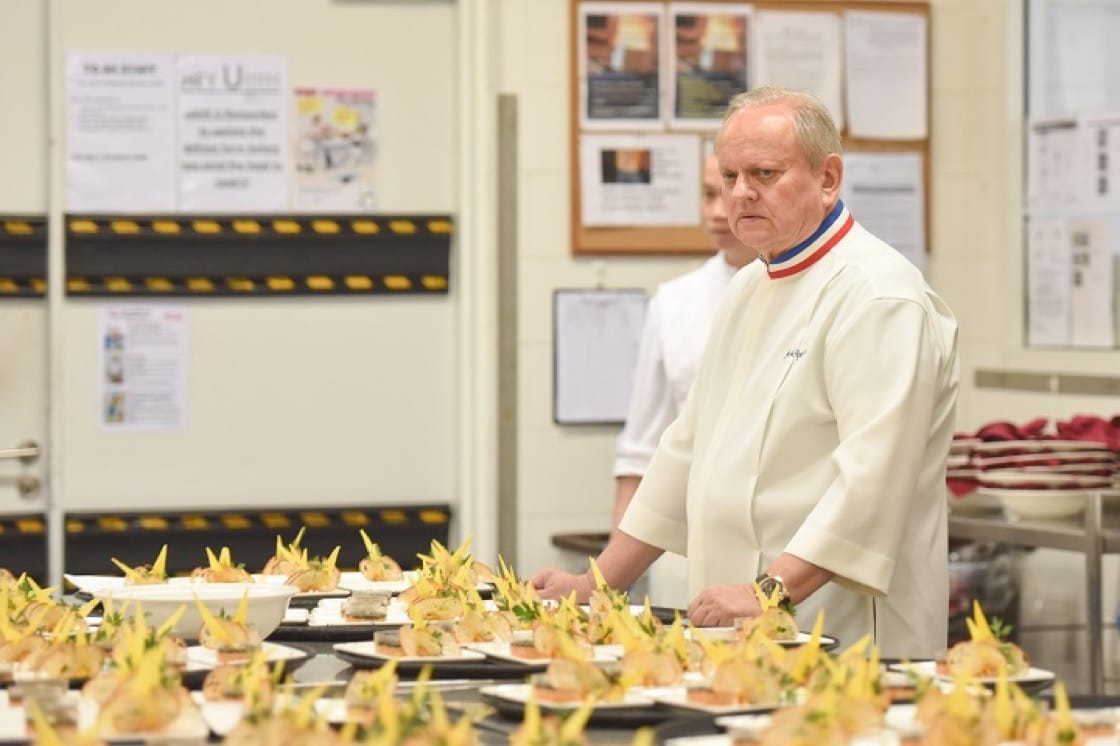The term ‘amuse bouche’ is French for mouth amuser. These are complementary little bites that chefs send to diners at the start of their dining experience and can range from just one dish to as many as six or seven.
The advantages of having these morsels are plenty: guests get pampered while experiencing the chef’s culinary vocabulary as much as the kitchens get a gastronomic sketch pad to play with techniques and flavours without feeling obliged to include the items in the fixed menu.
The History of It
The amuse bouche came into being around the time when French chefs developed ‘nouvelle cuisine’ – the era where fine dining fare evolved into smaller, daintier dishes. The focus was on tasting the natural flavours of fresh produce while moving away from the traditional heavy sauces and marinades.

But that didn’t mean they were always around. "Amuses became unfashionable during the late '80s, but recently they've returned to fashion," says chef Jean Joho of one-Michelin-starred restaurant Everest to USA Today. "I'm a fan of serving them because it's a way of being creative."
The science behind it
While chefs use it as an opportunity to showcase their culinary finesse, serving up such bold flavours early into the meal has its merits: it can increase the appetite while promoting feelings of satiety – especially if the chef whips up morsels packed with umami goodness.
One study done by The American Journal of Clinical Nutrition showed that it induced the production of saliva, which in turn aids in tasting the food that’s to follow.











_THUMB_363_X_484.JPG)




